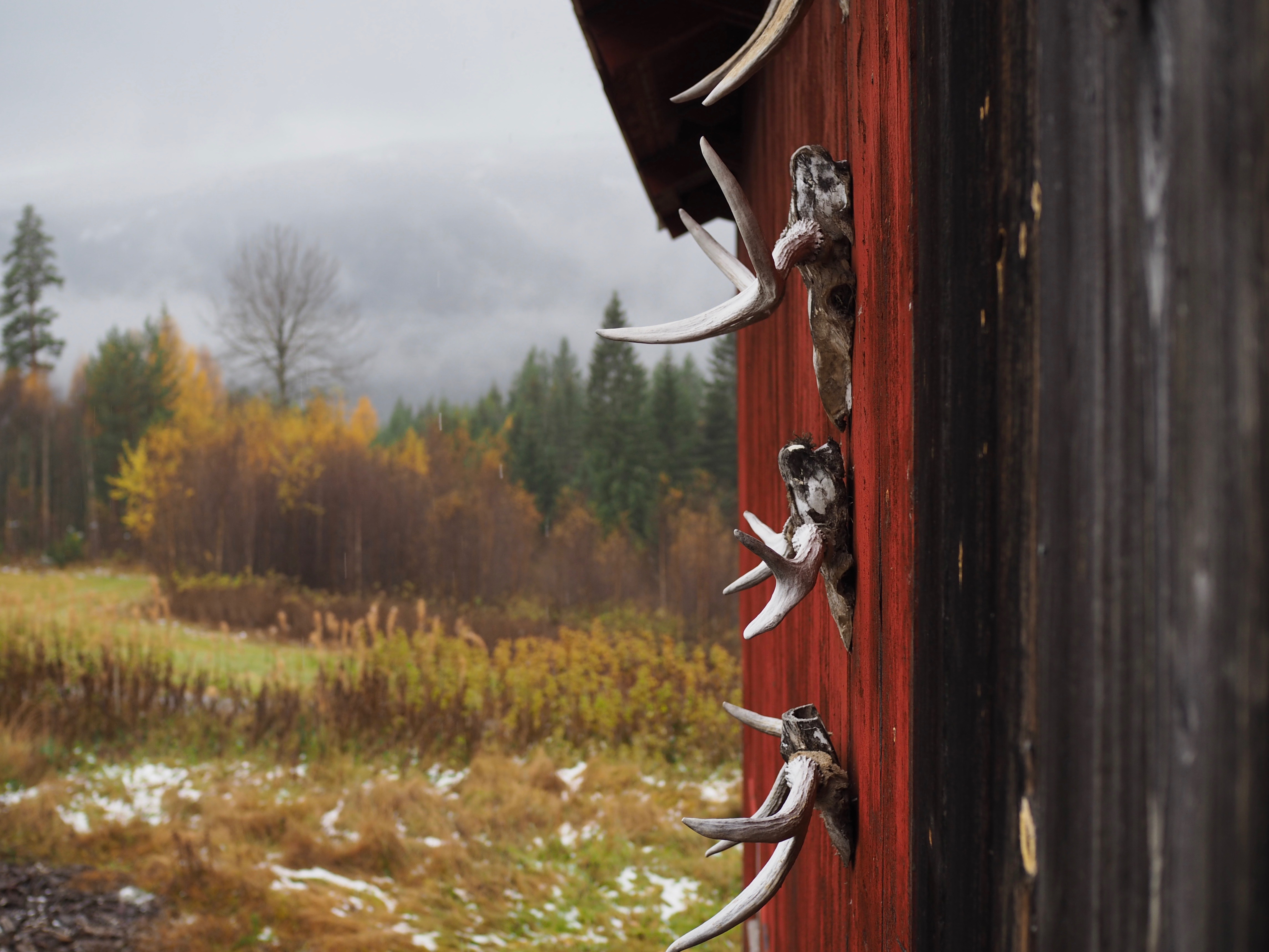
 The tree branch cracks as my shoe presses firmly against it, pushing it deeper into the forest floor. The noise, though quick to pass, makes me hold my breath as I freeze every part of myself in anticipation of whether that one step will be enough to grab the attention of the mighty elg, moose, as it stands firmly planted atop the mossy floor. Movements must be feather-like and graceful. The silence and passage of time evoke a sense of kinship with the animal. Nothing is rushed. Nothing is taken for granted. This is a journey. And this journey begins long before such an encounter.
The tree branch cracks as my shoe presses firmly against it, pushing it deeper into the forest floor. The noise, though quick to pass, makes me hold my breath as I freeze every part of myself in anticipation of whether that one step will be enough to grab the attention of the mighty elg, moose, as it stands firmly planted atop the mossy floor. Movements must be feather-like and graceful. The silence and passage of time evoke a sense of kinship with the animal. Nothing is rushed. Nothing is taken for granted. This is a journey. And this journey begins long before such an encounter.
The history of moose hunting, elgjakt, in Norway extends far back and was possibly a prerequisite for the settlement of Norway after the last Ice Age. It is believed the moose came to Norway approximately 9,000 years ago and became a very important resource for those living in the mountainous regions. Discoveries of moose bones on settlements and from hieroglyphics during the Stone Age testify to the importance of the moose for Norwegians.
Today, the hunt is still strongly embedded into the culture though the philosophy behind hunting has moved away from a necessity for survival to a wider experience of nature, recreation, and self-sustainability. It is a way to be physically active and to be part of a team and a community. It is a way to connect with the environment and connect with the food system. The hunt, for many, is a part of who they are. And this is very much the case for the team I spent the day with in Rollag, Norway.
 (more…)
(more…)

 Following on from my story about Moose Hunting in Norway (Elgjakt), here is a recipe for elggryte, a traditional moose stew utilising the flavors of the forest. Gryte means pot in Norwegian, and what better way to cook in the colder months than with everything stewing together in one pot.
Following on from my story about Moose Hunting in Norway (Elgjakt), here is a recipe for elggryte, a traditional moose stew utilising the flavors of the forest. Gryte means pot in Norwegian, and what better way to cook in the colder months than with everything stewing together in one pot.


 The tree branch cracks as my shoe presses firmly against it, pushing it deeper into the forest floor. The noise, though quick to pass, makes me hold my breath as I freeze every part of myself in anticipation of whether that one step will be enough to grab the attention of the mighty elg, moose, as it stands firmly planted atop the mossy floor. Movements must be feather-like and graceful. The silence and passage of time evoke a sense of kinship with the animal. Nothing is rushed. Nothing is taken for granted. This is a journey. And this journey begins long before such an encounter.
The tree branch cracks as my shoe presses firmly against it, pushing it deeper into the forest floor. The noise, though quick to pass, makes me hold my breath as I freeze every part of myself in anticipation of whether that one step will be enough to grab the attention of the mighty elg, moose, as it stands firmly planted atop the mossy floor. Movements must be feather-like and graceful. The silence and passage of time evoke a sense of kinship with the animal. Nothing is rushed. Nothing is taken for granted. This is a journey. And this journey begins long before such an encounter.